Tag Archives: Antigua
Most popular attractions in Antigua
The small Caribbean island of Antigua lies near the centre of the Caribbean chain sandwiched between St Kitts and Nevis, Montserrat and Guadeloupe. Once an important station for the British Navy it has many historical and cultural attractions, as well as the natural ones such as beaches, rainforests and reefs. There’s plenty of special offers in Antigua to make the most of, and once there, here’s a list of the most popular attractions in Antigua.
The beaches
Antigua is home to 365 beaches, one for each day of the year. Some are perfect for lazing on the sugar white sand, others are better for activities including snorkelling and windsurfing or walks and romantic picnics. Some of the best are the five secluded Hawksbill Beaches, quieter than the popular Dickenson Bay, but still with plenty of facilities. They are ideal for swimming or snorkelling on the reefs further out. From here you can also take a boat out the uninhabited Prickly Pear Island.
Nelson’s Dockyard and English Harbour
Other than its beaches one of the most famous attraction on the island is Nelson’s Dockyard and English Harbour – a UNESCO World Heritage Site, and shadow of British Navy’s influence in Antigua. In the middle stands the restored Georgian naval dockyard once the home of the British fleet during the Napoleonic Wars. The Dockyard Museum is well worth a look to learn about the history of the area.
The rainforest
While the exterior of the island is full of idyllic beaches, old English forts and naval bases, the interior is filled with lush emerald green rainforest, home to many types of birdlife. The best way to see the interior is on a hike or nature trail, of which there are many around the island. Another great way is to go on a rainforest zipline canopy tour over the treetops.
Devil’s Bridge
Situated on the island’s northeastern point, Devil’s Bridge sits within one of the island’s four national parks – Indian Town Point. Devil’s Bridge is a natural rock bridge which was created by waves and surf pounding it over centuries and provides a spectacular sight surrounded by blowholes and wild surf. There are many hiking trails nearby, as well as excellent picnic spots. One of the best is to Long Bay, which is also great for snorkelling.
The reef
It’s not only the island that has attractions here though as the views under the waves are just as popular. A trip to Antigua can’t be complete without a spot of snorkelling or diving to see them. There are four main types of coral reefs around the island – barrier, bank barrier, patch and fringing, which are home to a vast array of species, from sea turtles to clown and angel fish, manta rays, lobsters and lionfish. The reds, oranges and purples of the coral gardens can be viewed both snorkelling right off the beaches or on an organised scuba trip further out. One of the best places for snorkelling and diving is the Cades Reef on the southwestern part of the island.
Central American City Travel Guide
Central America is renowned for many things: its volcanic activity; its wildlife; its beaches; its Maya ruins and its sunshine.
But as a city break destination?
However, in my opinion, no Central American holiday is complete without experiencing the hustle and bustle of its urban centres.
Central American experts TrekAmerica are obviously of that opinion too because its tours take in many of the best cities in the region, including Antigua, Leon, Granada and San Jose. Here’s a guide to why these should feature on your Central American too.
Antigua, Guatemala
Nestled in the central highlands of Guatemala is the city of Antigua. Although it isn’t the capital of the country, Antigua is much more tourist friendly than Guatemala City and has plenty to keep any visitor interested for the duration of a short stay.
Even before we get onto the business of its Unesco World Heritage centre, one of Antigua’s biggest draws is the simply stunning backdrop formed by the triumvirate of volcanoes de Agua, de Fuego and Acatenango. The contrast between the small buildings and these mighty peaks is breathtaking, and a stark reminder that for many of the residents of Central America, the threat of an eruption is always hanging over them.
In town itself, you’ll find ancient ruins, pretty churches and chocolate makers, as well as a number of museums worth a look.
Leon, Nicaragua
Assuming most people know more about the Luc Besson film than Nicaragua’s second largest city, Leon is a city of 175,000 people situated in the far west of the country, just 18km from the Pacific Ocean.
Leon’s main draw is its Spanish colonial architecture, with a number of spectacular and colourful examples of 18th century design dotted around the city.
One of the most impressive is the Unesco World Heritage Cathedral of the Assumption, which was completed in 1814 and remains Central America’s largest.
Granada, Nicaragua
Further south, on the coast of the mighty Lake Nicaragua, is the city of Granada, reputedly the first European city in mainland America.
Established in 1524 by Francisco Hernández de Córdoba, Granada, like Leon, has many wonderful examples of colonial architecture – its colourful buildings reminiscent of Havana in Cuba.
And of course, it makes the perfect base for exploring what the largest lake in Central America has to offer.
San Jose, Costa Rica
As the capital city of Costa Rica, San Jose unsurprisingly has much to offer tourists, packed as it is with museums, restaurants and bars.
Visit the National Museum of Costa Rica housed in a spectacular ochre-coloured fortress bearing scars of the civil war in 1948, which led to the abolishment of the country’s military, or check out a performance at the National Theatre.
There are also a number of parks to explore and a zoo, if the weather is good. The biggest park is La Sabana, which has been nicknamed ‘the lungs of the city’. As well as plenty of green space to enjoy, it is also home to Costa Rica’s national stadium and art museum.
San Jose is a great place to end your Central American tour if you’re not planning on visiting Panama, as it has its own international airport, allowing you to catch a flight to the USA for connections to Europe.
We hope this Central American City Travel Guide was a bit insightful, and there are plenty more great cities in the region to explore, these are just great home bases for further exploration!

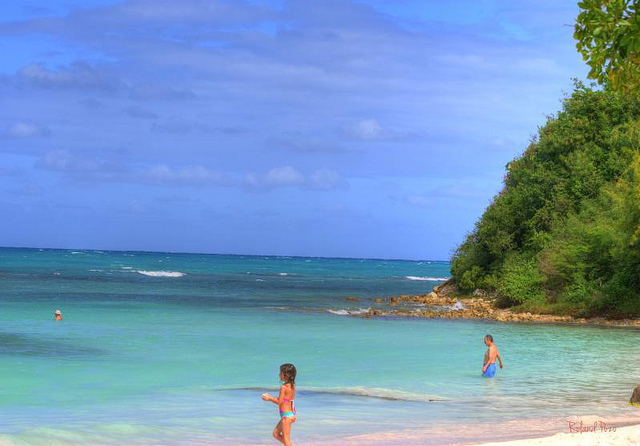
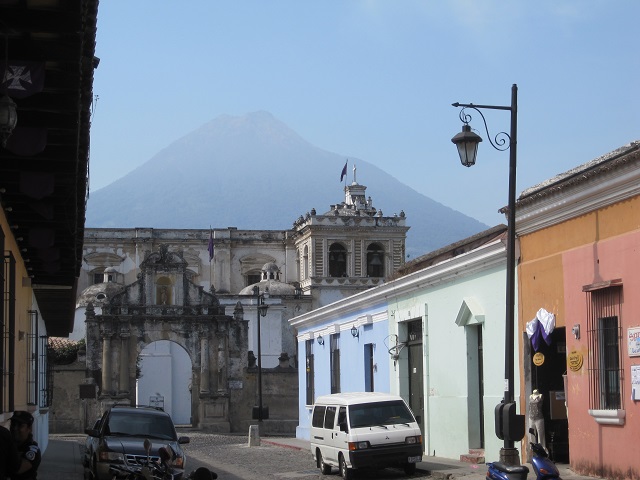
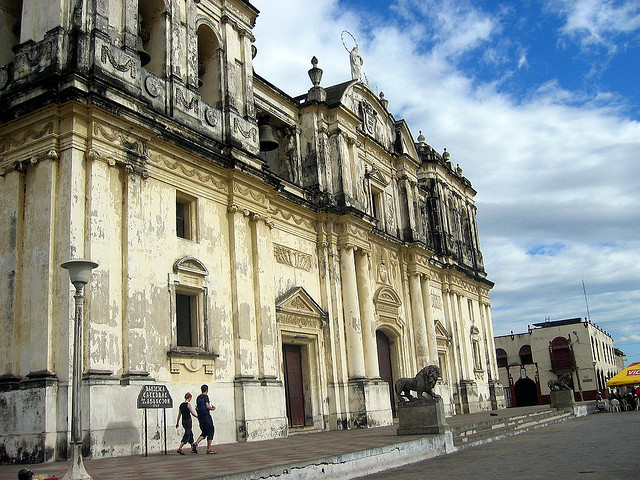
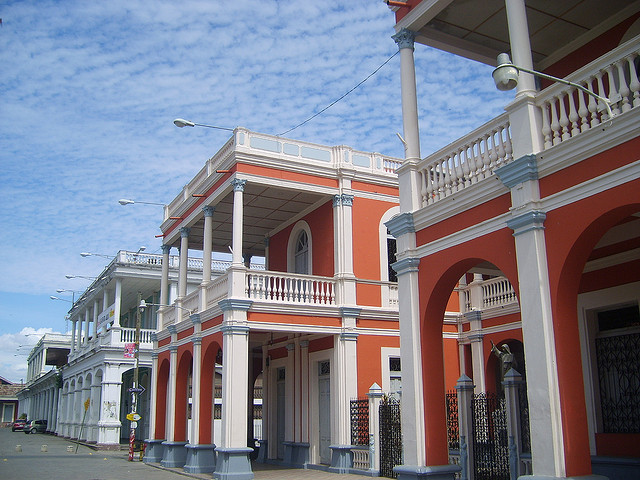
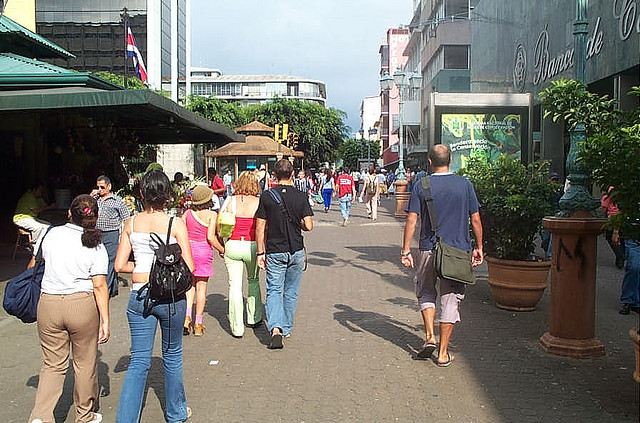



 Welcome to Home Town Travel Guides.com , your source for travel guides written by locals and those who've been there and done that! ~Jeremy
Welcome to Home Town Travel Guides.com , your source for travel guides written by locals and those who've been there and done that! ~Jeremy